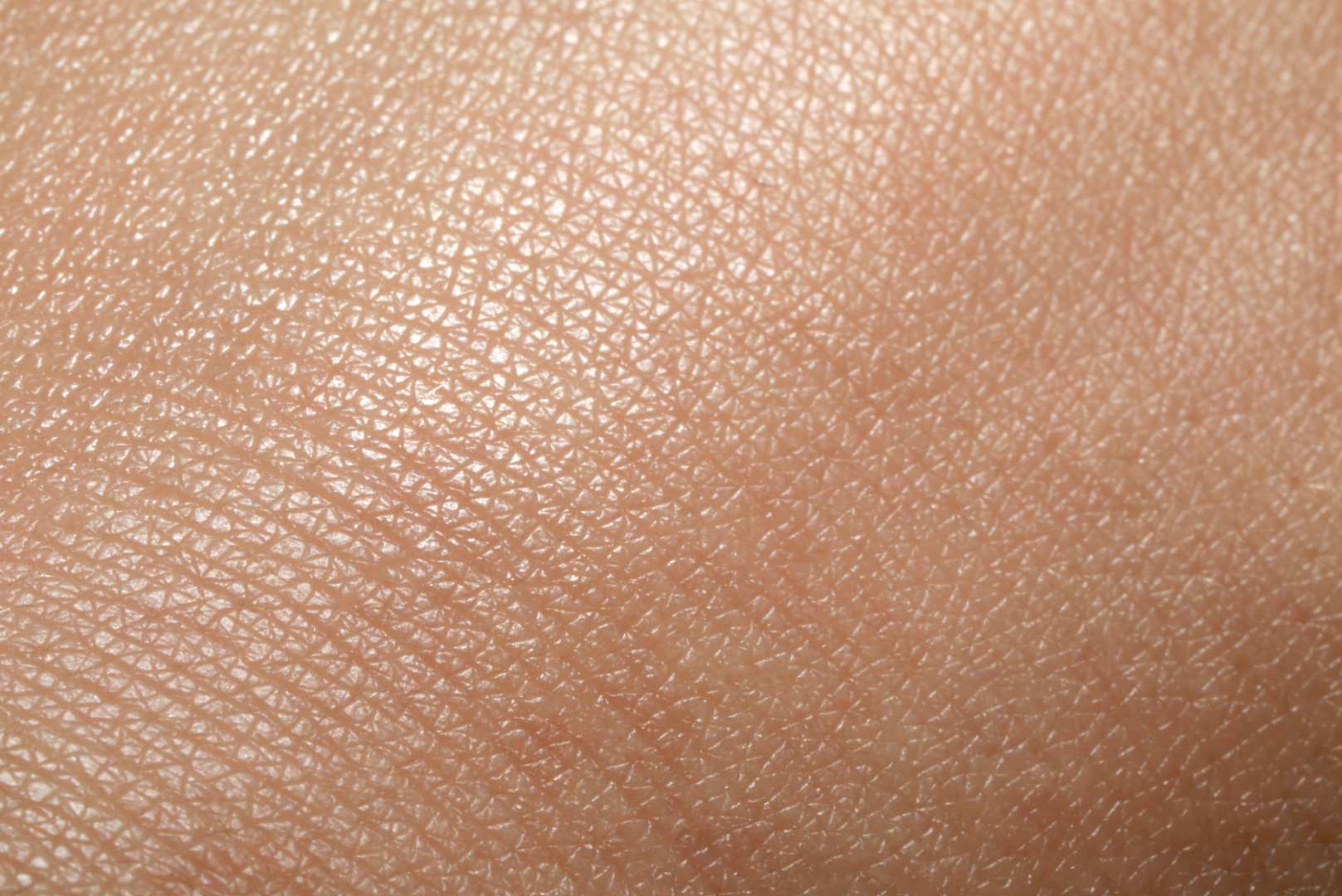

Many signs of dehydration—like fatigue, headaches, and cramps—are familiar to most of us. But dehydrated skin can be trickier to identify due in no small part to its similarities to dry skin. However, while the two terms are often treated as synonymous, there are some major differences.
We find out about dehydrated skin, including the signs, how it differs from dry skin, and how it can be treated. Read on for the ultimate guide to dehydrated skin.
What Is Dehydrated Skin?
"Dehydrated" skin means your skin is lacking water. Your skin can become dehydrated when the body loses more water than it's taking in. This can happen for a few reasons, such as:
- Not drinking enough water: Your body naturally loses water through many daily activities, like exercise, sweating, peeing, and even breathing, and it's important to drink enough water throughout the day to replenish this loss. If you're not drinking enough water daily to prevent your body from losing more water than it is taking in, you're at higher risk of being dehydrated.
- Not properly moisturizing: For some people—especially those with a compromised skin barrier—drinking water isn't enough to prevent dehydrated skin. In these cases, moisturizing regularly with products that can help seal moisture in your skin barrier can help.
- Living somewhere very hot or dry: People who live in hot and dry climates are more likely to lose water from the surface of their skin compared to those who live in more humid and temperate areas. Unfortunately, this water loss can lead to dehydrated skin. Similarly, running your heater indoors during the winter can cause water to evaporate from the skin's surface, potentially leading to dehydration.
Dehydrated skin can also be caused by taking hot showers, not getting enough sleep, using harsh soaps and skincare products, and over-exfoliating your skin.
What Are the Signs of Dehydrated Skin?
Dehydrated skin may appear tight, rough, dry, flaky, or dull. Your skin may also feel itchy, you might have dark circles under your eyes, and you may notice more pronounced fine lines or wrinkles. Since our skin relies on hydration to retain its moisture barrier, those with dehydrated skin may also experience a weakened or compromised skin barrier. If left untreated, a compromised skin barrier can lead to conditions such as eczema, skin infections, acne, and psoriasis.
Dehydration can affect the whole body, so you might also experience signs of dehydration that extend beyond the skin, like dizziness and lightheadedness.
Dry vs. Dehydrated Skin
Dry skin and dehydrated skin may sound similar, but they are not the same. Just because you have dry skin doesn't mean you have dehydrated skin, and vice versa. Dry skin is a skin type that you are born with similar to oily or combination skin. Dehydrated skin, if treated, is a temporary skin condition caused by lack of water in the uppermost layer.
Dehydrated skin can occur in many skin types, including oily and combination. You can identify it fairly easily by pinching a small area of skin on the back of your hand and holding it for a few seconds. If the skin takes a few moments to bounce back, then you are likely experiencing dehydrated skin.
Dry skin is caused by a lack of oil or sebum production. Normally, this oil keeps the skin healthy and moisturized, but sebum production can decline with age, sometimes making the skin appear scaly or irritated.
Dry skin can be treated by moisturizing, whereas dehydrated skin needs hydration. This means that the dry skin will benefit from more cream-based products, while the dehydrated skin requires more water-rich products.
How to Treat Dehydrated Skin
- Stay hydrated: Drinking enough water is the first step to treating dehydrated skin. The amount of water you should drink per day depends on your body weight, activity levels, and other factors—it is generally recommended that most people should aim to consume six to eight 8-ounce glasses [of water] per day. To help your body retain water and crucial minerals, consider adding an electrolyte supplement to your drinking water. You can also eat hydrating foods, like fruits and vegetables.
- Get plenty of sleep: You'll also want to ensure you're getting enough sleep, as this impacts skin health.
- Moisturize: Consider using emollient moisturizers or lotions that can help your skin seal in moisture, like hyaluronic acid. Other products that help repair and seal your skin barrier include squalene, ceramides, and glycerin. Try applying a moisturizer with these ingredients after getting out of the shower to help lock in hydration.
- Re-evaluate your skincare routine: It's also a good idea to make sure your routine is gentle enough for your skin.Skincare products can often contribute to dehydrated skin, so any products that are potentially harsh, drying, or exfoliating should be discontinued for a few weeks while trying to restore hydration.
- Use a humidifier: If you live in a very dry and hot climate where the air tends to pull moisture from your skin, using a humidifier can help keep your skin hydrated.
The Final Takeaway
If your skin is dehydrated, it might look dull and flaky, and you may have more fine lines and wrinkles than usual. It could also be itchy, and you might have dark under-eye circles. One of the best ways to treat dehydrated skin is by upping your water intake. But you can also try other measures, like applying hydrating skincare products, using a humidifier in your house, and prioritizing sleep.
For hydrating skin care products, your best bet is to go for manuka honey skin care. The hydrating properties of manuka honey work for all skin types (including eczema and psoriasis) and even acne skin types without adding to the oil secretion. The benefits are plentiful and the first honey skin therapy cream is ideal for hydrating, anti-aging, and healing your skin from anything negative.
Shop Wild Naturals today!


